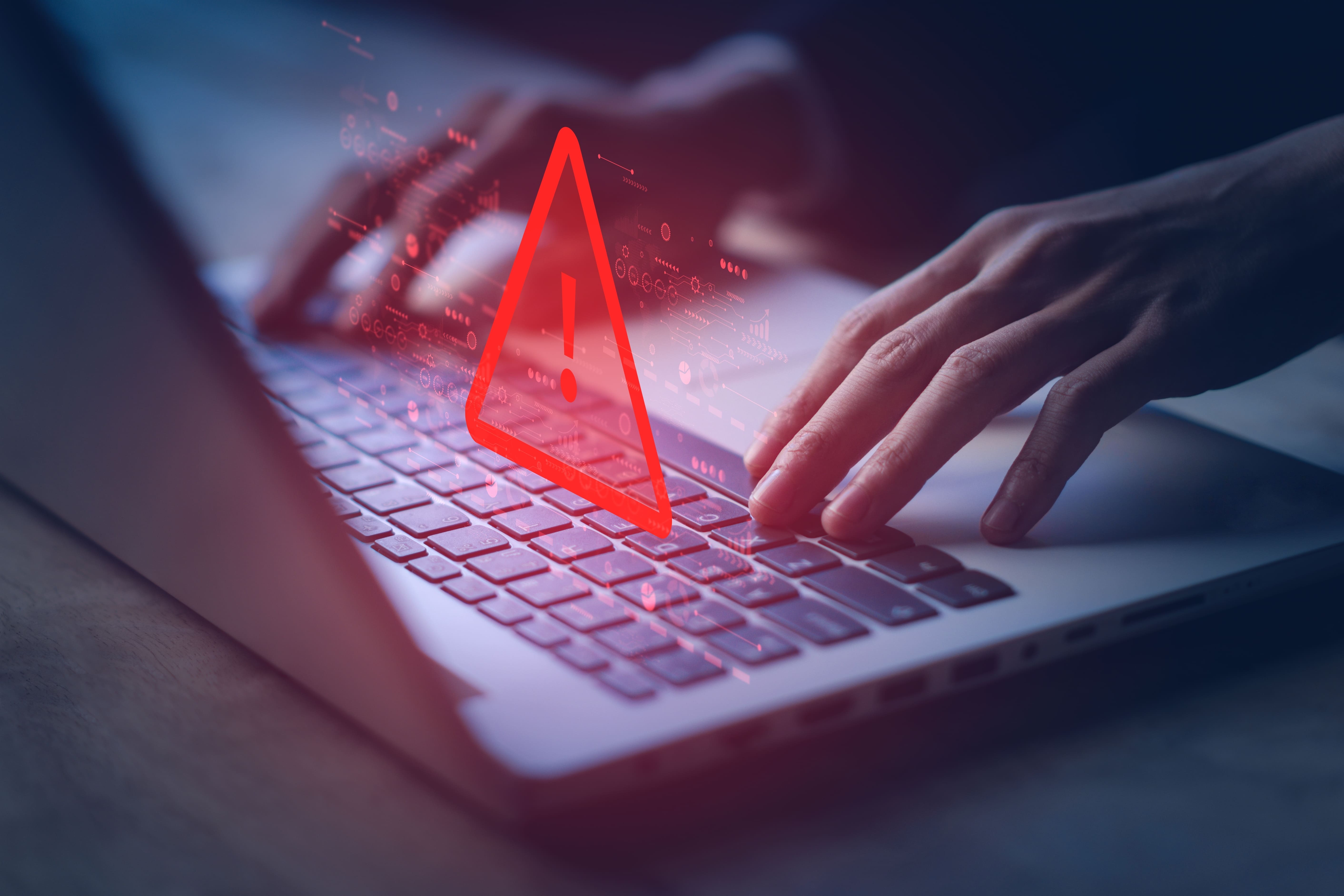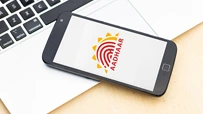What is VPA in UPI and How to Create One?
February 19, 2025

India's digital payment ecosystem has experienced remarkable growth, with the Unified Payments Interface (UPI) leading the charge. In the first half of 2024, UPI transaction volumes surged by 52%, reaching 78.97 billion, and the total transaction value increased by 40%, amounting to ₹116.63 trillion.
This surge underscores the need for secure and efficient payment methods. A key component in this digital transformation is the Virtual Payment Address (VPA), a unique identifier that simplifies and secures online transactions.
What is VPA?
A Virtual Payment Address (VPA) is a unique identifier linked to your bank account, enabling seamless transactions without the need to share sensitive bank details. Typically, a VPA follows the format <username@bankname>. This system is part of the Unified Payments Interface (UPI) framework, which facilitates instant money transfers between bank accounts.
How VPA Works
When you create a VPA, it becomes your digital identity for financial transactions. To send money, you enter the recipient's VPA, and the UPI system processes the payment by linking the VPA to the recipient's bank account. This process eliminates the need for sharing bank account numbers or IFSC codes, enhancing security and user convenience.
How to Create VPA
Creating a VPA is a straightforward process:
Download a UPI-enabled App
Choose a UPI-enabled application from your bank or any other participating bank.
Register and Set Up
Open the app, register using your mobile number, and set up your profile.
Create VPA
Navigate to the 'Profile' or 'Manage Account' section and select the option to create a new VPA.
Choose Your VPA
Enter your desired username and select your bank's name from the list.
Confirm
Verify your details and confirm the creation of your VPA.
Once set up, your VPA is ready for use in transactions.
What is the Difference Between VPA and UPI ID?
Both VPA and UPI ID are the same. The are both short for Virtual Payment Address, which is a unique identifier for a bank account. In the UPI system, both the terms are used interchangeably.
Benefits of VPA
- Enhanced Security: VPAs reduce the risk of fraud by eliminating the need to share sensitive bank account information.
- Convenience: Transactions are simplified, requiring only the recipient's VPA, making payments quick and easy.
- Cost-Effective: UPI transactions, including those using VPAs, are typically free or incur minimal charges, making them an economical choice for users.
- Universal Acceptance: VPAs are accepted across all UPI-enabled platforms, ensuring wide usability.
Final Thoughts
The Virtual Payment Address (VPA) is a pivotal component of the UPI ecosystem, offering a secure, convenient, and cost-effective method for digital transactions. By adopting VPAs, users can experience seamless financial interactions without compromising on security.
Enjoy easy banking with Ujjivan Small Finance Bank. Save more with our high-interest Savings Account and Deposit products. Need cash for your business or personal needs? Apply for MSME Loans or Micro Loans with us – we offer competitive rates and quick disbursal. We also offer vehicle loans and home loans tailored for your unique requirements. Experience a smooth banking journey with Ujjivan SFB!
Disclaimer:
The contents herein are only for informational purposes and generic in nature. The content does not amount to an offer, invitation or solicitation of any kind to buy or sell, and are not intended to create any legal rights or obligations. This information is subject to updation, completion, amendment and verification without notice. The contents herein are also subject to other product-specific terms and conditions, as well as any applicable third-party terms and conditions, for which Ujjivan Small Finance Bank assumes no responsibility or liability.
Nothing contained herein is intended to constitute financial, investment, legal, tax, or any other professional advice or opinion. Please obtain professional advice before making investment or any other decisions. Any investment decisions that may be made by the you shall be at your own sole discretion, independent analysis and evaluation of the risks involved. The use of any information set out in this document is entirely at the user’s own risk. Ujjivan Small Finance Bank Limited makes no representation or warranty, express or implied, as to the accuracy and completeness for any information herein. The Bank disclaims any and all liability for any loss or damage (direct, indirect, consequential, or otherwise) incurred by you due to use of or due to investment, product application decisions made by you on the basis of the contents herein. While the information is prepared in good faith from sources deemed reliable (including public sources), the Bank disclaims any liability with respect to accuracy of information or any error or omission or any loss or damage incurred by anyone in reliance on the contents herein, in any manner whatsoever.
To know more about Ujjivan Small Finance Bank Products Visit:"https://www.ujjivansfb.in"
All intellectual property rights, including copyrights, trademarks, and other proprietary rights, pertaining to the content and materials displayed herein, belong
to Ujjivan Small Finance Bank Limited or its licensors. Unauthorised use or misuse of any intellectual property, or other content displayed herein is strictly prohibited and the same is not intended for distribution to, or use by, any person in any jurisdiction where such distribution or use would (by reason of that person’s nationality, residence or otherwise) be contrary to law or registration or would subject Ujjivan Small Finance Bank Limited or its affiliates to any licensing or registration requirements.
FAQs
1. What is a Virtual Payment Address (VPA)?
A VPA is a unique identifier linked to your bank account, allowing you to send and receive money without sharing sensitive bank details.
2. How do I create a VPA?
Download a UPI-enabled app, register your details, and follow the prompts to create a new VPA.
3. Is there a cost associated with creating a VPA?
Creating a VPA is free of charge.
4. Can I link multiple bank accounts to a single VPA?
Yes, you can link multiple accounts to a single VPA, with one set as the default account.
5. Is VPA creation available for all banks?
Most major banks in India support VPA creation through UPI-enabled apps.
6. Can I change my VPA after creation?
Yes, you can modify your VPA details through the UPI app settings.
7. Are UPI transactions secure?
Yes, UPI transactions are encrypted and secure, providing a safe platform for digital payments.
8. Can I use the same VPA across different UPI apps?
Yes, your VPA can be used across various UPI-enabled applications.
9. What happens if I forget my VPA?
You can retrieve or reset your VPA through the UPI app's 'Forgot VPA' option.
10. Are there any transaction limits with VPA?
Transaction limits depend on your bank's policies and the UPI app's guidelines.
Latest Blogs

Dussehra 2025: How to Win Your Financial Battles with Smart Saving
Dussehra 2025 (also known as Vijayadashami) falls on Thursday, October 2, 2025.

eSIM Scam in India: I4C Warns Mobile Users About Rising Fraud – How to Stay Safe
The Indian Cybercrime Coordination Centre (I4C), a wing of the Ministry of Home Affairs, issued a strong warning to mobile users about the rapid increase in eSIM fraud in India.

How to Link PAN with Aadhaar: Step-by-Step Guide & Consequences of Not Linking
Linking your Permanent Account Number (PAN) with your Aadhaar is no longer just a best practice.

Annual Information Statement (AIS): A Complete Guide for Stress-Free ITR Filing
India’s tax season is in its final stretch.

ITR-1 (Sahaj) Restrictions: Income Sources Not Allowed & Filing Rules
With just a few days left before the 15 September 2025 deadline for filing Income Tax Returns (ITRs) for Assessment Year (AY) 2025-26, many taxpayers are rushing to submit their forms online.





